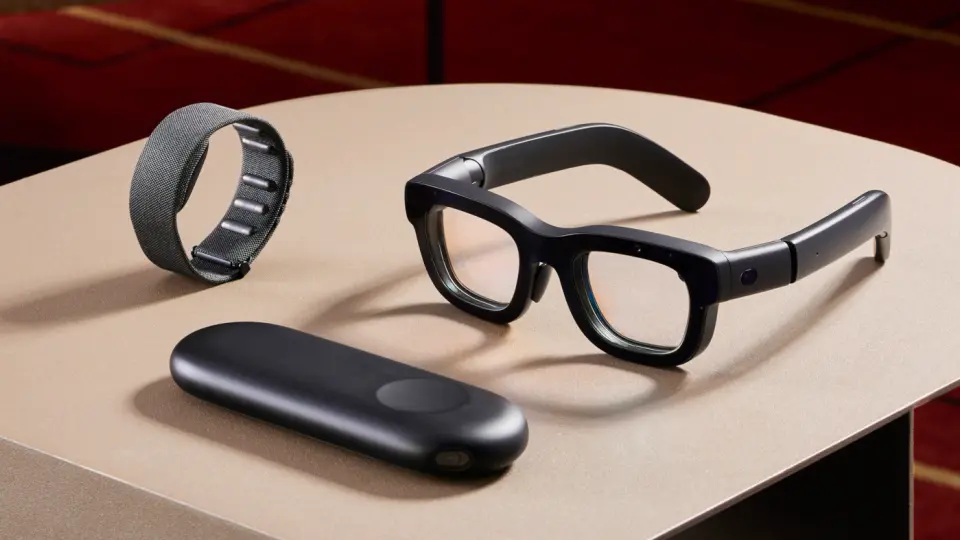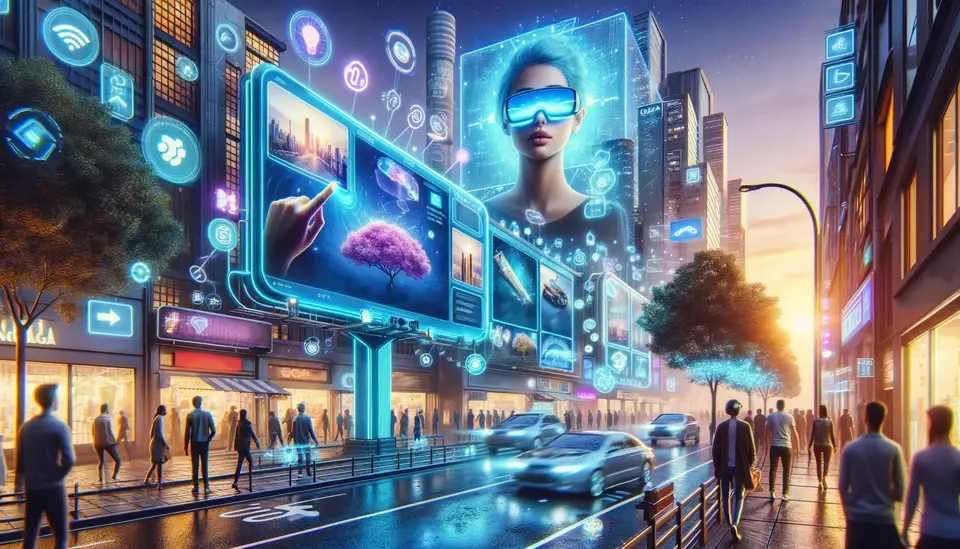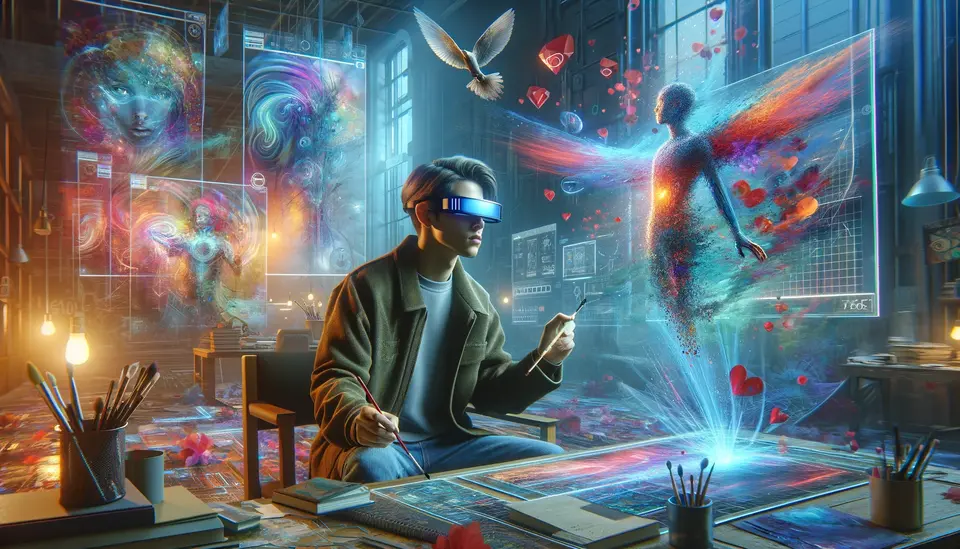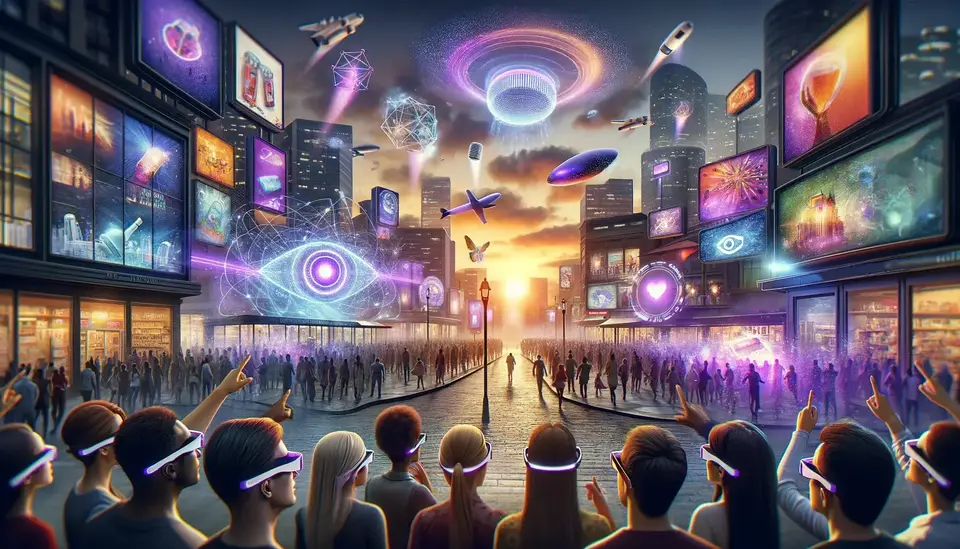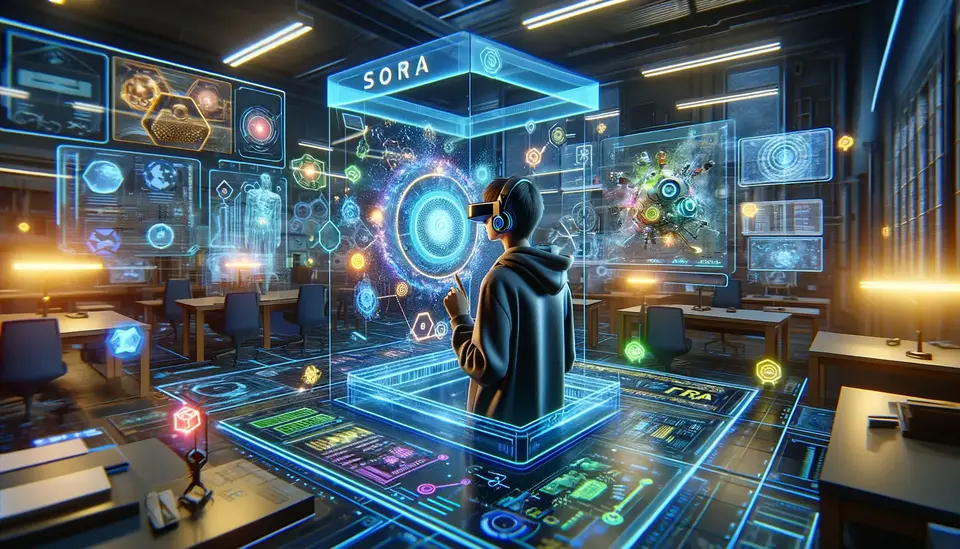Sora's Role in Augmented Reality (AR) Based Learning
Posted on March 4, 2024 6 minutes 1243 words
Table of contents
Introduction
Brief overview of AR-based learning: current state and potential
Augmented Reality (AR) is reshaping educational landscapes by overlaying digital information onto the physical world, enhancing the learning experience with interactive and immersive content. From elementary classrooms to professional training, AR-based learning is showing immense potential in making educational content more accessible, engaging, and effective. It bridges the gap between theoretical knowledge and practical application, offering students a hands-on learning experience that is both innovative and impactful.
Introduction to Sora and its relevance to AR-based learning
Sora, developed by OpenAI, is a groundbreaking AI model capable of generating detailed, realistic scenes from textual descriptions. Its relevance to AR-based learning lies in its ability to create dynamic, customized content that can be integrated into AR environments. By providing a rich source of visual and interactive elements, Sora has the potential to significantly enhance AR learning applications, making them more engaging and informative.
Thesis statement: The transformative potential of integrating Sora with AR in educational contexts
The integration of Sora with AR technology holds transformative potential for educational contexts. It promises to revolutionize the way students interact with learning materials, making abstract concepts tangible and complex subjects more comprehensible through immersive visualization and interaction.

Section 1: Understanding Sora
Overview of Sora: capabilities and functionalities
Sora stands out for its advanced AI capabilities, particularly in generating high-fidelity video content from textual prompts. This includes creating scenes that range from realistic simulations to fantastical visualizations, all tailored to the specific requirements of the educational content. Its ability to understand and interpret complex instructions allows for the generation of highly detailed and contextually relevant visuals.
Sora’s unique features that benefit AR environments
Several features make Sora particularly beneficial for AR environments:
- Dynamic Content Creation: Ability to generate unique, situation-specific content on-the-fly.
- High-Level Detail and Realism: Production of visuals with a high degree of realism, enhancing the immersive experience of AR.
- Scalability and Flexibility: Capacity to create content across a broad spectrum of subjects and complexity levels, adaptable to various educational needs.
Technical foundation: How Sora generates content and its compatibility with AR technology
Sora’s content generation is based on a sophisticated model that processes textual descriptions into visual representations, using a combination of natural language processing and image generation techniques. This process is highly compatible with AR technology, as it requires content that is not only visually rich but also contextually integrated with the real world. Sora’s ability to generate tailored content makes it an ideal complement to AR, providing a seamless blend of digital and physical learning environments.
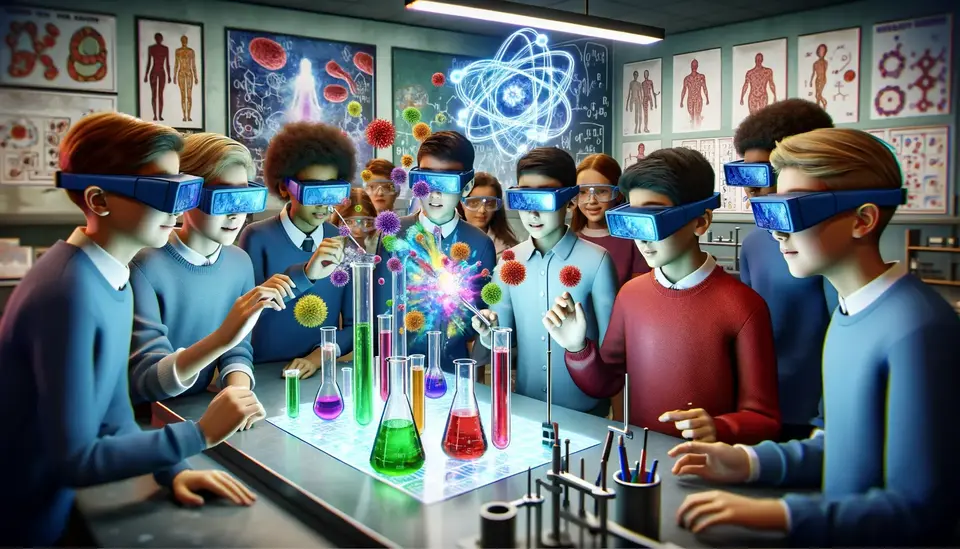
Section 2: The Intersection of Sora and AR-Based Learning
Theoretical framework: How AR can enhance learning experiences with Sora’s content generation
The theoretical framework for integrating Sora with AR-based learning is rooted in constructivism, which posits that learning is most effective when students actively construct their own understanding through experience. AR, enhanced by Sora’s content generation, offers a highly interactive platform where learners can visualize, manipulate, and experiment with educational content in ways that deepen understanding and retention.
Practical applications: Scenarios and use cases for Sora in AR-based learning environments
Practical applications of Sora in AR learning environments include:
- Interactive Science Experiments: Visualizing complex chemical reactions or biological processes in real-time.
- Historical Reconstructions: Bringing historical events to life by overlaying detailed scenes onto physical spaces.
- Language and Cultural Immersion: Creating immersive environments that simulate different linguistic and cultural contexts.
Case studies or hypothetical examples demonstrating Sora’s impact in AR learning
A hypothetical case study might involve medical students using an AR application powered by Sora to explore human anatomy. Through AR glasses, students can see detailed, layered visualizations of bodily systems, generated by Sora in response to their queries or the specific focus of their lesson, allowing for an interactive exploration that deepens their understanding of complex anatomical relationships.
This section outlines the foundational understanding of Sora and explores the potential intersection of Sora’s capabilities with AR technology in educational settings, emphasizing the innovative ways this integration can enhance learning experiences across various disciplines.
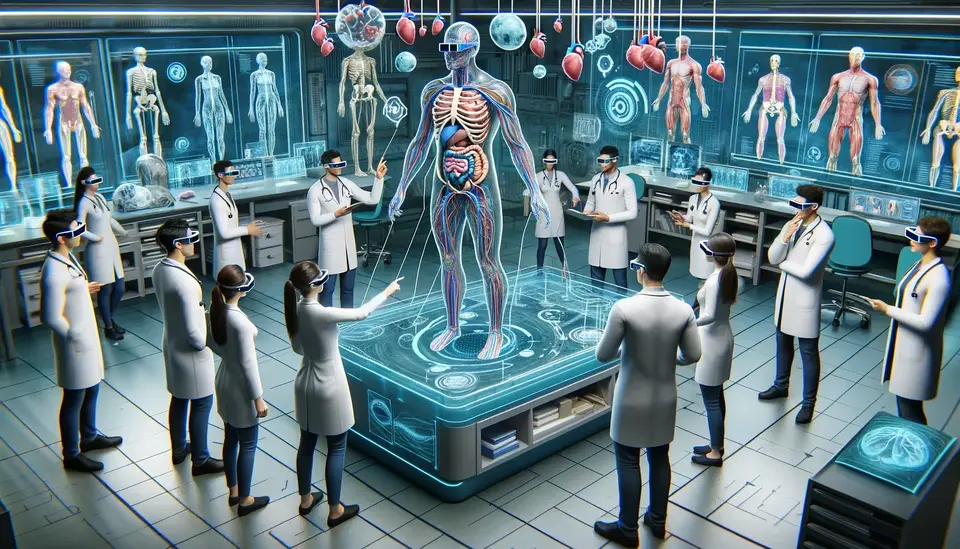
Section 3: Enhancing AR Learning Experiences with Sora
Personalization of learning content through dynamic content generation
Sora’s advanced AI capabilities enable the creation of personalized learning experiences by dynamically generating content tailored to individual learners’ needs, interests, and learning pace. This personalization ensures that learners are engaged with material that is not only relevant but also challenging enough to promote growth without causing frustration.
Increasing engagement and interaction with immersive AR simulations
Integrating Sora-generated content into AR simulations makes these experiences more immersive and interactive, significantly increasing learner engagement. By providing rich, contextually relevant scenarios, learners are encouraged to explore, experiment, and interact with their learning environment in ways that traditional educational tools cannot match.
Facilitating complex concept comprehension through augmented visualizations
Sora enhances AR learning experiences by generating augmented visualizations that simplify complex concepts, making them easier to understand. These visualizations can demonstrate abstract ideas or intricate processes in a clear and tangible manner, allowing learners to grasp difficult concepts more readily.
Supporting skill development with interactive AR tasks and challenges
The combination of Sora and AR technology supports skill development by providing learners with interactive tasks and challenges. These experiences, which range from simulated real-world scenarios to problem-solving exercises, help develop critical thinking, decision-making, and practical skills relevant to various fields of study.
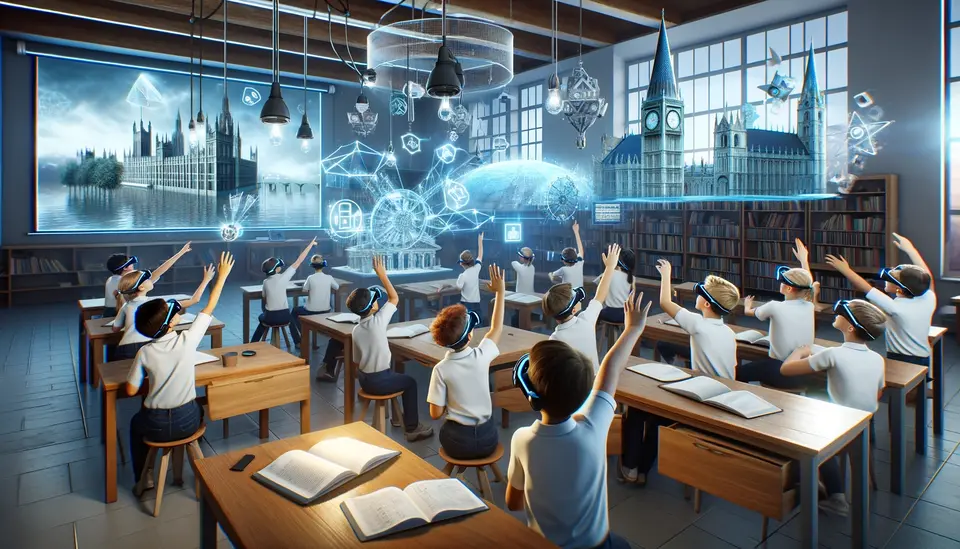
Section 4: Future Directions
Potential advancements in Sora and AR technology for learning
Future advancements in Sora and AR technology promise to further enhance learning experiences by making them even more immersive, realistic, and personalized. Improvements could include more nuanced natural language understanding, more detailed and varied content generation, and better integration with physical environments, leading to more effective and engaging learning tools.
The evolving role of AI in educational content creation and delivery
As AI technology, exemplified by models like Sora, continues to evolve, its role in educational content creation and delivery is set to become more significant. AI’s ability to generate customized, interactive, and immersive content on-demand will redefine traditional educational methodologies, making learning more flexible, accessible, and tailored to individual learner profiles.
Collaborative opportunities for educators, developers, and researchers in advancing AR learning
The ongoing development of Sora and AR technologies opens up collaborative opportunities among educators, developers, and researchers. These collaborations can drive innovation in AR learning by combining pedagogical expertise, technical skills, and research insights to create more effective educational tools and methodologies.

Conclusion
Recap of the potential for Sora to transform AR-based learning
The integration of Sora with AR technology holds significant potential to transform AR-based learning, offering personalized, immersive, and interactive learning experiences that can make education more engaging and effective. By leveraging Sora’s content generation capabilities, AR learning can be enriched with dynamic, contextually relevant, and visually compelling content.
Reflecting on the need for innovation in educational technologies
The advancements in AI and AR technologies underscore the need for continuous innovation in educational technologies. To remain effective and relevant, educational tools must evolve to incorporate these technologies, offering learners more engaging and effective ways to acquire knowledge and skills.
Call to action for ongoing exploration and investment in AI and AR for education
To fully realize the potential of AI and AR in education, ongoing exploration and investment are crucial. Educators, developers, policymakers, and researchers are called to collaborate in exploring these technologies’ possibilities, investing in their development, and implementing innovative solutions that can transform the educational landscape for the better.


